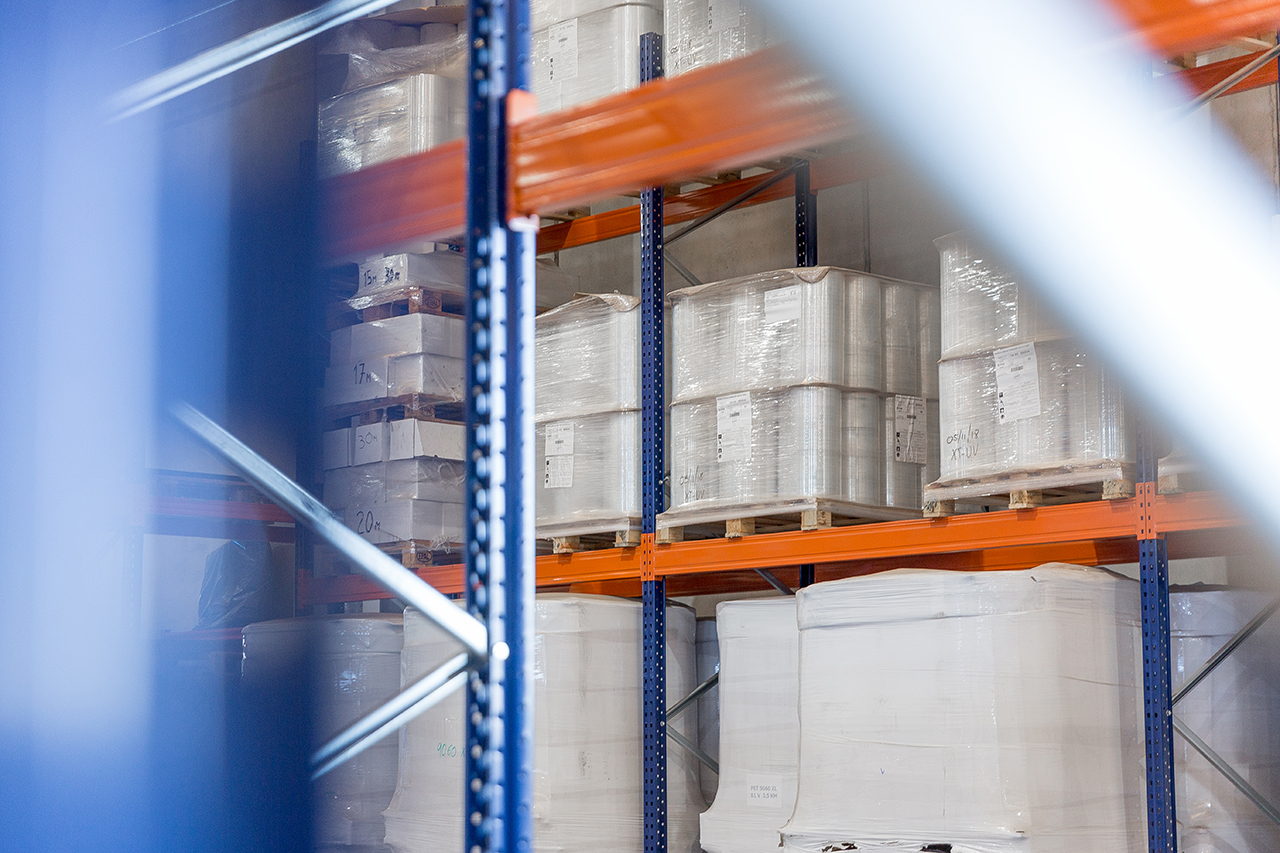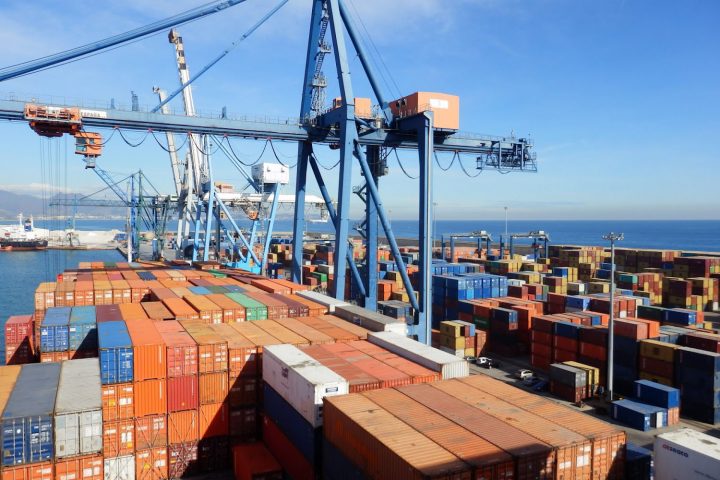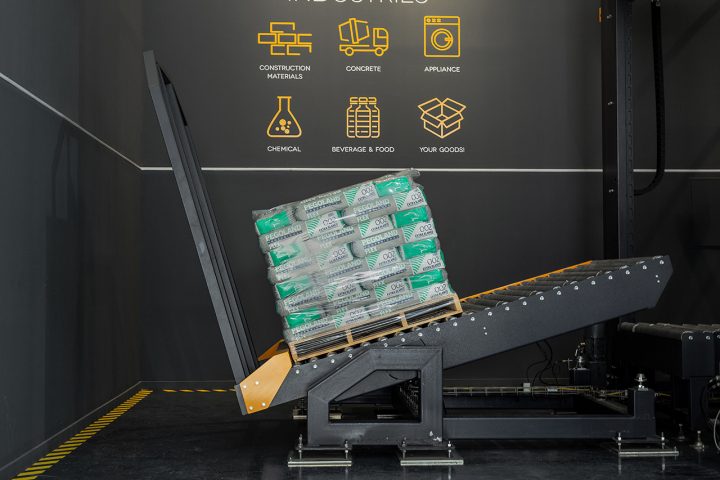Cargo logistics comparative: Advantages of palletized versus palletless goods
In the fast-paced world of global logistics, companies face constant demands to optimize their transportation and goods-handling operations. In this context, one of the emerging trends is the “palletless” load system, due to its benefits in terms of savings and sustainability. Still, most companies continue to use pallets for transportation due to their versatility and safety benefits. So which system can benefit your product logistics the most?
In this article, we will explore both approaches in depth and compare the advantages and key aspects associated with each type of cargo. We will review factors such as safety, efficiency, adaptability, cargo protection, and sustainability to provide a clear and comprehensive view of which option may be more suitable in different logistics situations.
Palletless loads: When is it advisable to use this system?
The palletless system can be useful and suitable for certain specific applications and for some industries or types of products:
- Stacked bagged goods: Commonly used in sectors such as chemicals, agrochemicals, agri-food, cement, food, etc. With this method, the bags are stacked directly on each other, without using pallets as a support platform, creating a base structure that allows the cargo to be transported by forklift. To secure this type of load, it will always be necessary to use a packaging system such as stretch wrapping or the Stretch Hood in a palletless version.
- Goods of irregular shapes and sizes: The palletless system is especially useful for products with unconventional shapes or irregular dimensions that do not easily fit on standard pallets (bags, pails, large drums, etc.). In these cases, transport will require the use of securing systems such as straps or nets, together with appropriate packaging.
- Light loads: Lightweight goods that do not require the additional support structure can also be transported without a pallet. By avoiding the wooden base, the total weight of the load and consequently the transport costs are reduced.
- Sustainability-focused industries: If a company or industry has a strong focus on sustainability and is looking to reduce its environmental footprint, palletless can be an attractive option. By eliminating pallets, the amount of waste generated is reduced and the environmental impact associated with their production and disposal is reduced.
Why palletless loads? Advantages of palletless
As we have seen, palletless is mostly used by specific sectors that can do without the use of pallets. Some of the specific advantages of palletless goods include:
Initial savings:
By not using pallets, no initial investment in the purchase of pallets is required. This can be beneficial for companies or industries that ship occasionally or have lower freight volumes. By eliminating the weight of the wooden pallet, loads are lighter, which can reduce transportation costs, especially for long distance shipments.
Flexibility in shape and size:
By eliminating the need for pallets, palletless loads can have greater flexibility in terms of load shape and size. This is useful for irregular shapes or non-standard dimensions that do not easily fit on pallets (e.g. sacks, pails, extra large formats, agricultural products, etc.).
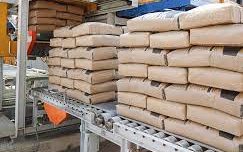

Optimal use of space:
Palletless allows maximum use of available space in trucks, containers or warehouses. Cargo can be placed directly next to each other, allowing for better use of space and potentially a higher load volume.
A more sustainable solution:
These types of loads are considered a more sustainable option by avoiding the use of wooden, plastic or metal pallets. They reduce waste and the environmental impact associated with the production and disposal of pallets, especially wooden pallets.
It is important to keep in mind that the advantages of palletless loads may vary depending on the type of goods, transport conditions and specific logistical needs. In addition, it is essential to carefully evaluate the safety, efficiency and security aspects of the goods before opting for a palletless option.
Comparative: Why is the pallet still the most used system in logistics?
Given the advantages of palletless, why palletized goods are the most widely used system in the world? Its efficiency and safety have positioned this type of packaging as the preferred form in the logistics industry:
1. Safety in the transportation of pallets:
The use of pallets provides greater safety by offering greater stability to the load, reducing the risk of shifting and crashes on the road. In addition, they provide better securing and proper fixation of the load in the vehicle, avoiding possible damages and accidents.
2.Safety in the handling of goods:
The use of pallets simplifies the handling of goods in the different logistic processes. Pallets are dimensioned in a standardized way, which facilitates their loading and unloading on trucks, containers, and other means of transport. This speeds up logistics processes and reduces handling times.
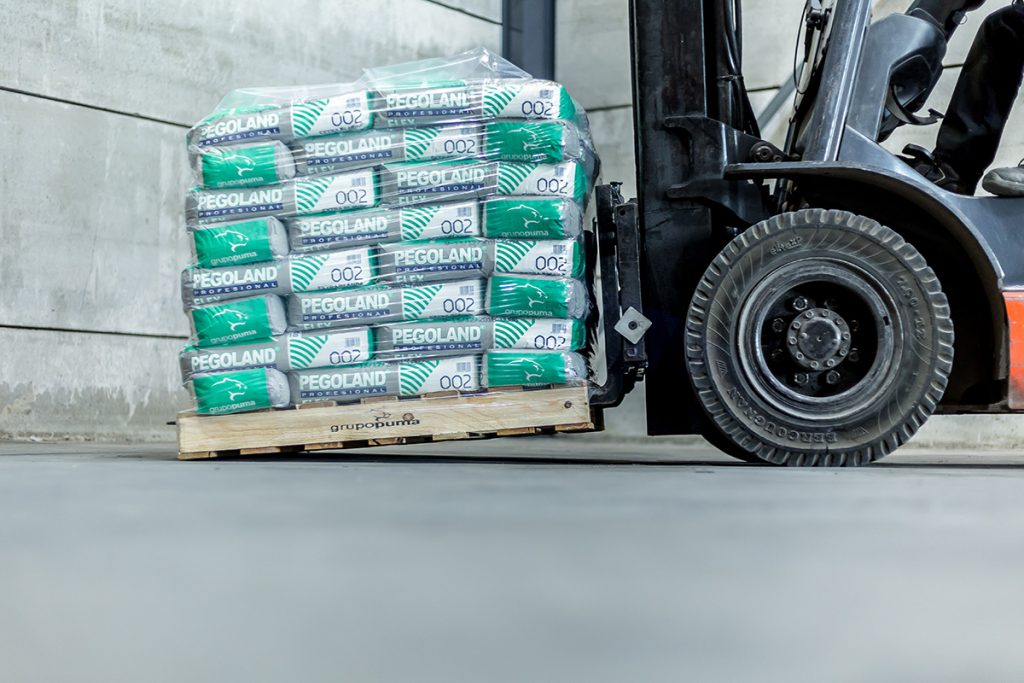
3. Greater adaptability to cargo transport vehicles:
Palletized goods are easily adapted to different types of transport vehicles within the facility or warehouse. Pallets enable the use of specialized equipment, such as pallet trucks, forklifts, and AGVs (Automatic Guided Vehicles), which reduces the risk of injury to workers and speeds up loading and unloading operations.
4. Efficiency in warehouse space:
In addition to the palletless advantage of space optimization, the use of pallets also enables optimal organization and space utilization in the warehouse. Pallets can be stacked vertically, optimizing available space and facilitating access to goods. This enables a more efficient workflow and reduces operating costs.
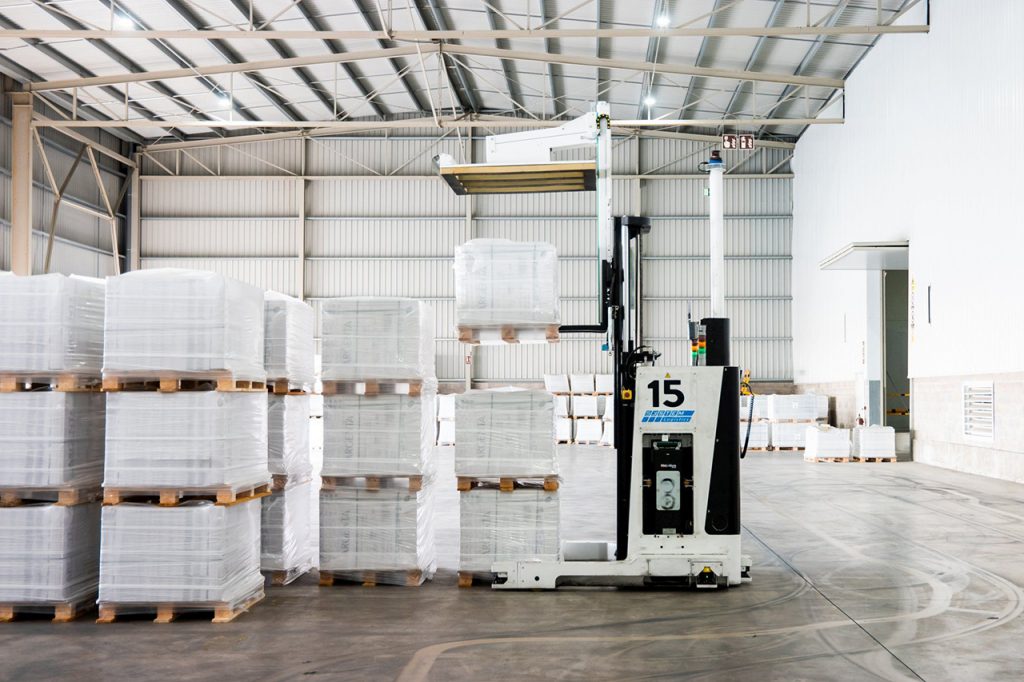
5. Protection of the goods against shocks or damages during transport:
Palletized goods benefit from the additional protection of the pallet, which acts as a physical barrier that protects the products during transport, reducing the risk of impacts, tears, and breakage. In addition, pallets offer the possibility of using additional packaging systems, such as stretch wrapping or stretch hooding, which reinforce the protection of the goods.
6. Occupational safety in the handling of goods:
The use of pallets in the handling of goods also ensures the safety of workers. By using proper equipment and tools for pallet handling, risks of injury are minimized and a safer working environment is created.
7. Cost reduction and reuse of pallets:
While we have discussed that the palletless system may be more sustainable, palletized merchandise also enables pallets to be reused, which translates into long-term cost reductions. Pallets are durable and can be used multiple times, avoiding the need to purchase disposable packaging. This translates into significant savings for companies.
8. Advantages of packaging systems for palletized loads:
Last but not least, packaging systems and production lines are better prepared to handle palletized goods. Automated packaging lines are designed to efficiently handle and process palletized goods, streamlining processes and improving productivity.
While palletless merchandise may have some advantages, such as an initial savings by not requiring investment in the purchase of pallets and reduced waste, it is important to keep in mind that these advantages must be carefully weighed against the many advantages of palletized merchandise in terms of safety, efficiency and merchandise protection.
In conclusion, both palletized and palletless systems have their place in logistics and freight transportation. While palletized loads offer advantages in safety and space efficiency, palletless is used in specific industries that can eliminate the pallet and align with their sustainability goals. It is important to carefully evaluate the type of load and consult with packaging and logistics experts to determine which system best suits the company’s requirements, ensuring both the protection of the goods and labor safety in transport and handling.
Do you like our technical posts?
Subscribe to our Logistics and Packaging trends newsletter.
Subscribe here:

